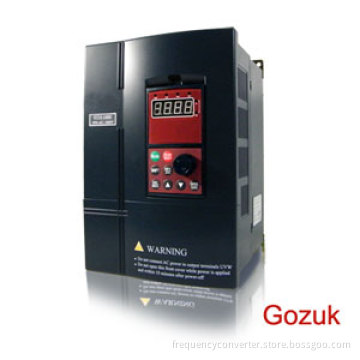In highly noise susceptible environments such as those where the frequency converters are connected directly to industrial network communications, the frequency converters are mounded in close proximity to instruments or controllers, or the cabling may run close to sensitive devices like load cells or transduces, it is advisable to consider the type of
frequency converter cable being used. High performance frequency converter cables with significant excesses of ground potential copper tend to be much more effective than copper-poor construction-grade products. In noise sensitive environments give strong consideration to the selection of a foil braid construction with enhanced common mode current control.
Most modern frequency converters utilize a 500 ohm resistor in their current reference input so that, at 20 ma, they have the same 10V as is usually provided for a speed pot on the voltage reference input. Assuming you have this type of frequency converter, you are looking at 40V max which, almost surely, is too much frequency converter voltage for your current loop
power supply.
There are a couple of simple (cheap) ways to beat this rap. Probably the simplest would be to change the loop transmitter to 0 ma minimum instead of 4 ma if possible and rescale the frequency converter input and transmitter output to reach full speed at 8 ma. Now, full speed occurs at 8 ma across 2000 ohms which is a tolerable 16 V. You sacrifice some speed resolution by doing this but that may not be important in this application. You can improve the speed resolution by defining actal motor minimum speed as 0 or 4 ma rather than zero speed at that current loop value.
Voltage pulses from the frequency converter PWM waveform on the frequency converter output are reflected at the motor terminals causing voltage peaks significantly higher than the motor nominal voltage. These peak voltages can have harmful effects of the motor winding, leading to premature failure of the insulation system. The motor should be specified for frequency converter operation so that the winding insulation used will be suitable for high peak voltages. Follow us on
Facebook.




